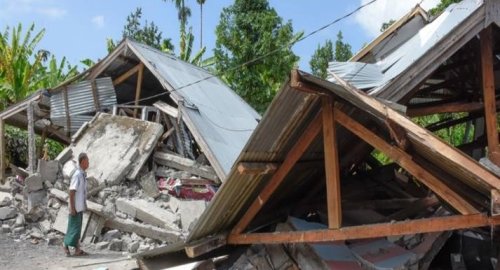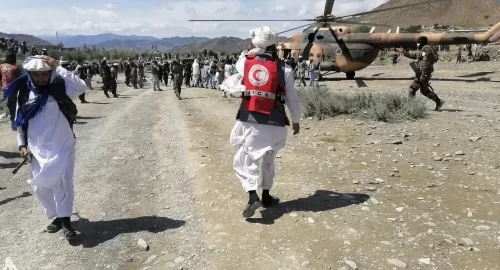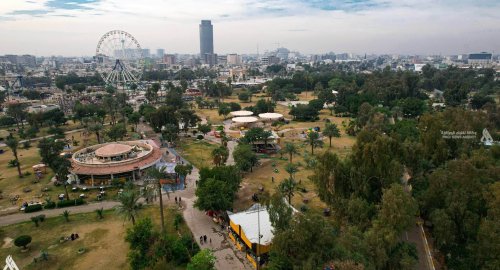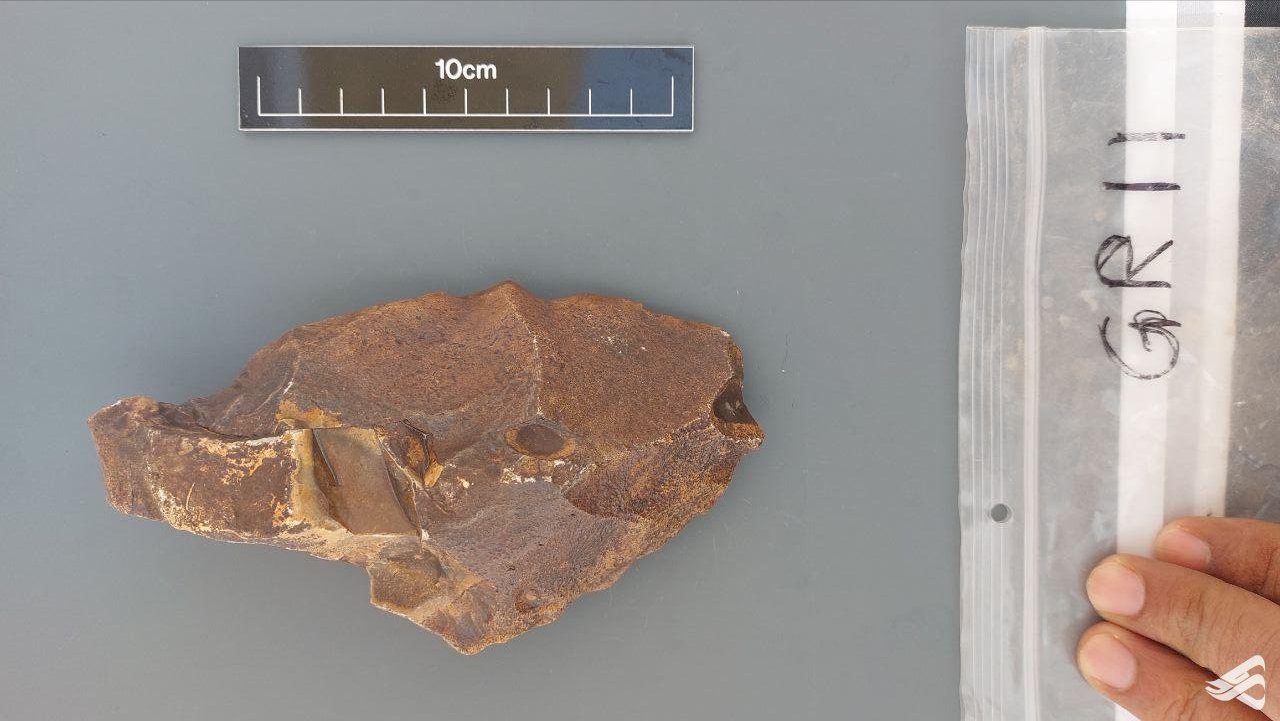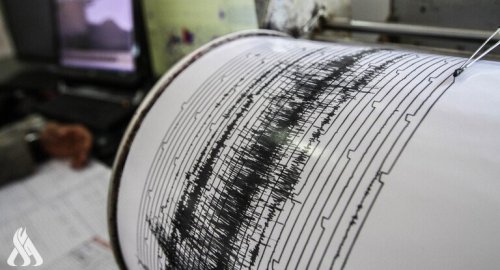
Strong earthquake in the South: magnitude 5.1 in the Gulf of Policastro

- 1-11-2022, 08:44
INA- sources
A strong earthquake hit Southern Italy at 22:42 of this evening. The shock, according to the data provided by the INGV, was of magnitude 5.1 at great depth with its epicenter just offshore from Praia a Mare and Scalea, in Gulf of Policastro. Great fear a Cosenza with a seismic resentment between 4th and 5th degree Mercalli in the Tyrrhenian coast of Cosenza. Numerous reports also from Catanzaro, Messina, Crotone, Reggio Calabria and also from Basilicata And Puglia. Fortunately, the shock occurred at great depth with a hypocenter of 286kmand this has prevented such a strong earthquake from having catastrophic consequences.
Deep earthquakes between 100 and 500 kilometers often occur in the lower Tyrrhenian Sea, something that does not happen in any other area of Italy. In some cases these earthquakes have a significant magnitude. In recent years there have been two of magnitudes greater than 5, and in the past, precisely in 1938, there was even one of magnitude 7.1, which is one of the strongest recorded in Italy. How are the hypocenters distributed in depth? Observing in section, we notice a seismogenic volume: the hypocenters in depth are not scattered, but thicken forming a line that is called the plane of Wadati-Benioffwhich defines an inclined plane where the oceanic lithosphere sinks under the continental lithosphere.
The name comes from the discoverers, Hugo Benioff, of the California Institute of Technology, e Kiyoo Wadati, of the Japanese Meteorological Agency, two seismologists who managed to identify these events even before the theory of plate tectonics. If we observed seismicity on a global scale, we would observe that earthquakes are not distributed over the entire earth’s surface, but are limited to some areas: the edges of the lithospheric plates. The very deep earthquakes, in turn, are distributed only in some of these areas, particularly around the Pacifica plate, where it collides with the surrounding plates.
The theory of plate tectonics explains how the lithosphere moves and deforms. In particular, when two lithospheric plates approach, one of the two, the oceanic lithospheric plate, flexes and ends up under the other, forming a subduction zone, causing superficial and deep earthquakes. On the other hand, when two plates move apart, in a divergent margin, they leave room for the mantle to go up, in particular to the asthenospheric part of the same, forming fracturing zones if we are on a continental plate, or oceanic ridges. In the specific case of the Tyrrhenianthe Ionian plate bends under Calabria and descends towards the north-west, below the Tyrrhenian basin.
The ancient ocean of the Tethys therefore, (the Ionian Sea) bends under Calabria and sinks under the Tyrrhenian Sea giving rise to a particularly deep seismic activity. Subduction is not only evidenced by deep earthquakes, but also by an area that represents a speed anomaly. As we know, Calabria moves in the opposite direction to Africa by 3.5 mm per year, so below the region there is a real subduction zone that was once larger and ran along the entire Apennine chain. Today, due to respective tears in the lithosphere, subduction is limited to 200 kilometers below Calabria, and it is precisely under this restricted area that the deep earthquakes that we generally observe off the Tyrrhenian Sea occur.
source: italy24
US Central Command: We killed ISIS terrorist leader Abu Yusuf in Syria
- International
- 24/12/20
Liverpool compete with Real Madrid to sign Olympique Lyonnais star
- Security
- 24/12/19
The discovery of Pre-Christian human settlement sites in Iraq
- Investigations and reports
- 24/12/18

